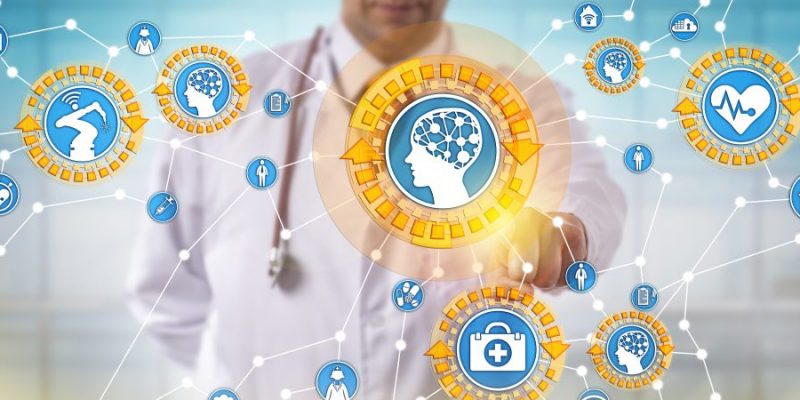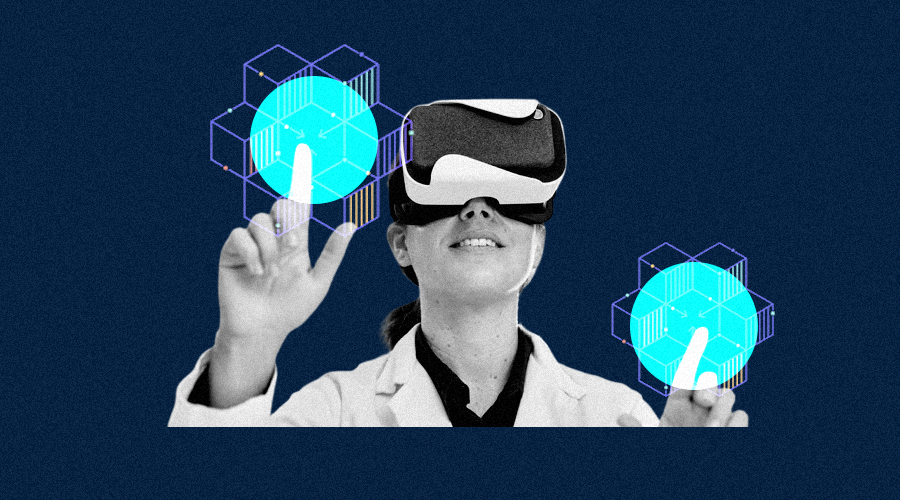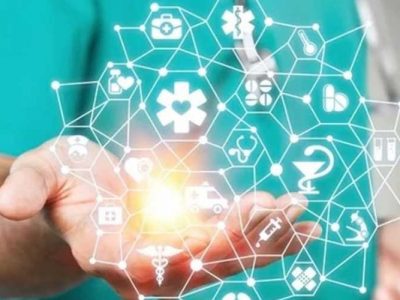
In the medical field, robots are revolutionising surgery, accelerating supply delivery and cleaning, and allowing doctors to spend more time with patients
In the healthcare environment, a diverse range of robots is being developed to fill several jobs. Surgical robots and rehabilitation robots are examples of robots with some knowledge of human therapy. Rehabilitation robots help patients rehabilitate from serious conditions like strokes, empathic robots that assist in the care of older or physically/mentally challenged individuals, and industrial robots that perform a variety of routine tasks, such as sterilising rooms and delivering medical supplies and equipment, including medications. Because healthcare personnel has traditionally worked alongside cutting-edge technology, robots in the healthcare business are a suitable match. Medical and surgical robots are the two types of robots now in use in the business. Medical robots are employed in a wide range of applications, from administrative chores in clinical settings to outpatient care, while surgical robots are utilised by surgeons during surgeries and procedures.
Surgical Assistants
Specialists can use these remote-controlled robots to undertake activities such as minimally invasive treatments. Surgical robots are defined by their ability to manage a highly complicated robotic arm using working controls located outside of the operating room. More applications for these surgical-assistant robots are being developed all the time, as improved 3DHD technology provides professionals with the spatial references they need for a highly complicated medical operation, including increased natural stereo vision paired with augmented reality.
Sterilization and Disinfection Robots
With the rise of anti-toxin-resistant microorganisms and outbreaks of deadly diseases such as Ebola, more medical offices are turning to robots to clean and disinfect surfaces. UV light and hydrogen peroxide fumes are currently the most used sanitization methods. In a few minutes, these robots can clear a room of any tiny germs or illnesses.
Virtual Nursing Applications
Aside from surgical robots in healthcare, this is another sort of AI-powered automated programme that can monitor a patient’s behaviours and guide them with delicate concern while they are under treatment. The virtual medical attendants check in with the client at each stretch to ensure that he or she is in good health.
Detective Applications
The flaws and deceptions of a given therapy and solution are identified in this sort of application. These automated apps are vigilant enough not to let clinical experts do any harmful steps to have access to carelessness. They warn patients ahead of time to avoid any potential hazards that may arise as a result of the therapy rather than the medical issue.
Telepresence
Doctors employ robots to help them assess and treat patients in rural or remote places, allowing them to be present in the room through telepresence. Experts may be able to react to queries and guide therapy from afar using the robot. Route capability inside the ER is one of the most important features of these robotic devices, as are contemporary cameras for physical examination.
Recovery Robots
These are crucial in the healing of persons with impairments since they promote mobility, strength, coordination, and personal enjoyment. These robots may be adjusted to adapt to the situation of every quiet when they recuperate from strokes, awful cerebrum or spinal string wounds, or neurobehavioral or neuromuscular diseases like multiple cases of sclerosis. Augmented reality combined with recovery robots can also aid in the improvement of balance, walking, and other basic abilities.
Robotic Prescription Dispensing Systems
The most significant advantages of robots are speed and precision, both of which are critical in pharmacy shops. Robots can currently deal with powder, fluids, and very viscous materials with a lot more speed and accuracy than before, thanks to advancements in computerised administering frameworks.
Clinical Transportation
Supplies, prescriptions, and meals are delivered to patients and workers by robots, enhancing communication between specialists, medical clinic staff members, and patients. The bulk of these computers has extremely dedicated self-route capabilities around the organisation. However, there is a need for highly advanced and practicable interior route frameworks based on sensor combination area innovation to improve the navigating skills of transportation robots.
Digital Consultation Application
This AI-controlled robotic application has efficient qualities and is capable of interpreting a wide range of data sets to reflect the client’s illnesses. When a client reports a specific side effect, the programme detects the infection by comparing it to the range of databases available.
Suggestive Treatment Applications
These are robotic apps that are qualified and capable of providing treatment ideas and options for a certain condition. These are refined and personalised for the chosen client based on their unique combination of experiences and comorbidities, as well as knowledge gleaned from outside research and clinical mastery.



















